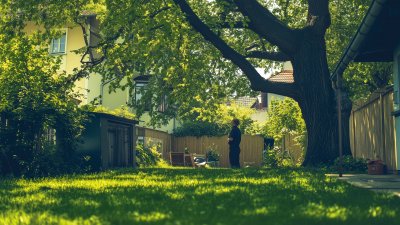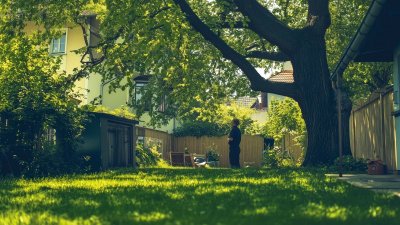Overhanging branches or falling leaves from the neighboring tree regularly cause discussions - especially if they affect the driveway, roof or garden area. But what rights do owners have when branches overhang the property boundary? And what is allowed if no amicable solution can be found? A clear legal situation and good neighborly behavior are crucial here.
Entitlement to removal - under conditions
In principle, plants, branches or roots may not protrude onto the neighboring property - at least not if they significantly impair the use of your own property. In such cases, owners have the right to demand removal. If this is not done within a reasonable period of time, in certain cases it may even be possible to use pruning shears - but only in compliance with statutory deadlines and closed seasons for trees.
Communication before confrontation
Before legal action is taken, a personal conversation with the neighbor is often the better option. A polite comment, perhaps combined with a joint garden tour, often creates more understanding than a formal letter. A conciliatory tone is particularly worthwhile for long-standing neighbors. If you still have to insist on a legal basis, you should seek professional advice in advance - especially in the case of older or protected trees.
Avoid borderline cases through clear agreements
Anyone building a new house or planting larger trees and shrubs should keep a sufficient distance from the property boundary from the outset. Depending on state law, distance rules of up to two meters apply for trees - and correspondingly less for shrubs. Planting with foresight prevents many conflicts later on - and preserves good relations with neighbors.
Conclusion
Overhanging branches are more than just a minor annoyance - they can restrict usage rights and lead to real disputes. If you communicate in a friendly manner, know the applicable rules and act with legal certainty when in doubt, you can protect yourself from conflicts - and maintain good relations.
© immonewsfeed




